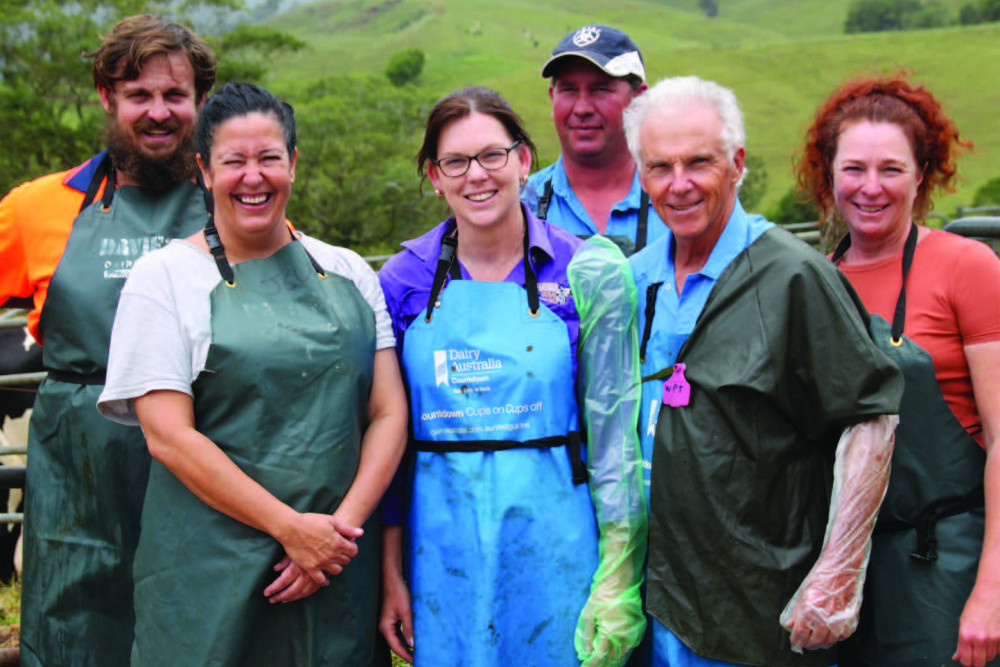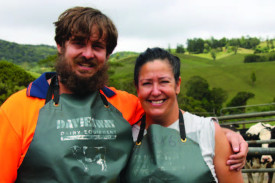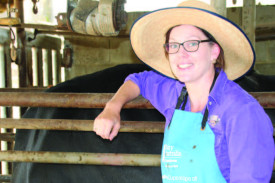On The Land
24 November, 2021
Interest in artificial insemination courses on the rise
EXPERIENCED cattle veterinarian, Bill Tranter, conducted the last of the year's Artificial Insemination (AI) courses on a dairy farm outside of Millaa Millaa recently.

The on-demand, four by three-hour courses, are usually held several times a year and enquiries have been increasing in recent times.
“There has been a fairly constant uptake by dairy farmers over the 20 years the courses have been running, but the increase in cattle prices and bull values has led to stronger interest from beef producers, from both stud and commercial operations,” Mr Tranter said.
“Participants receive a certificate stating they have completed intensive training in the artificial breeding of cattle. Course components include the anatomy and physiology of the reproductive tract, insemination techniques, semen handling and storage and instruction on conducting an AI breeding program on-farm.
“Attention to detail and regular practice of the skills involved are the keys to becoming a good AI technician.
“Not everyone who does the course will necessarily stick with it, but participants will gain a lot of valuable knowledge about their cattle and the whole process and sometimes an increased appreciation of the job done by industry professionals,” he added.
While AI is endemic in the dairy industry, less than 10 per cent of beef producers are using it, but it does offer many benefits. In the dairy industry under ideal conditions, experienced technicians can sometimes attain conception rates rivalling those achieved by natural breeding, and usually at an estimated 20 per cent lower cost base than using a bull.
Access to the best bloodlines for relatively little cost allows farmers to realise increased genetic gains in shorter periods of time and there is a significant reduction in disease transmission as compared to the transfer of venereal diseases between males and females with natural mating.
Some pathogens can be transmitted in semen through artificial insemination, but the collection process allows for the screening of disease agents. Bulls undergo significant health checks before semen is collected for sale.




